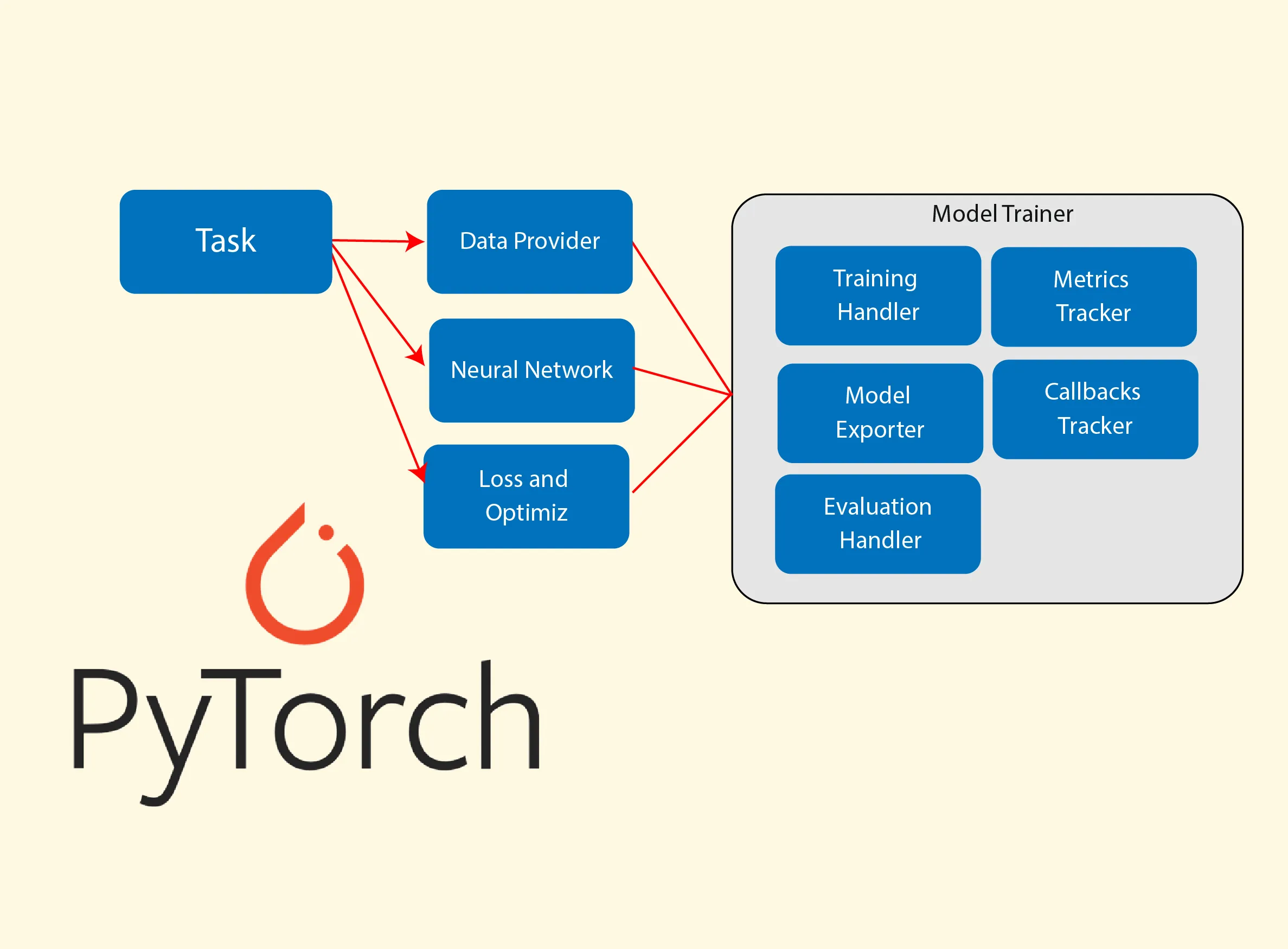The newest release offers distributed training, graph-based execution, quantization, and mobile development. It is a scientific computing framework based on Torch. Before PyTorch, deep learning packages including Torch and Caffe are the most popular. Python along with R are popular data languages needed for machine learning and data scientists. This is the reason why researchers want deep learning algorithms in the Python ecosystems.
Avail the opportunity to get your Python assignment help offered by the online academic experts of BookMyEssay.
Use of PyTorch in Research
People working in the fields of artificial intelligence and deep learning find PyTorch useful because it solves the significant problems of research work. It is the biggest competitor of TensorFlow and a preferred deep learning library for researchers. Some of the reasons are specified in our PyTorch assignment help as follows:
Dynamic Computational graph: It can avoid the static graphs used in frameworks like TensorFlow, enabling the researchers and developers to change the way a network behaves. It is highly intuitive to learn compared to TensorFlow.
Various back-end support: It uses various backends for GPU, CPU, and other functional features instead of a single back-end. With different backends, PyTorch can be deployed easily on constrained systems.
Highly extensible: It is integrated deeply with C++ code. It shares the C++ backend with a deep learning framework called Torch. It allows users to program in C/C++ with an extensible API. It has extended the usage of PyTorch for experimental and new use cases, making them a good choice for use in research.
Imperative style: It is designed specifically to be easy to use and intuitive. If you execute a code, it can be executed, enabling users to do real-time tracking of the way neural networks are created.





 3 Bellbridge Dr, Hoppers Crossing, Melbourne VIC 3029
3 Bellbridge Dr, Hoppers Crossing, Melbourne VIC 3029

